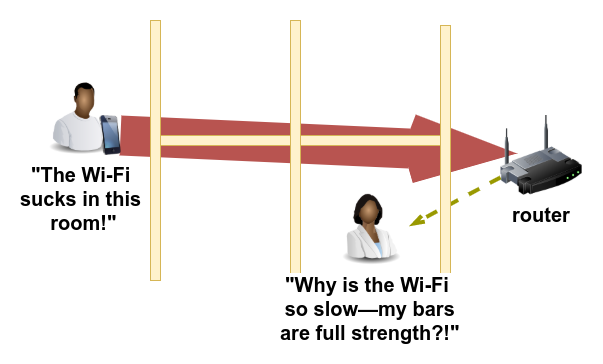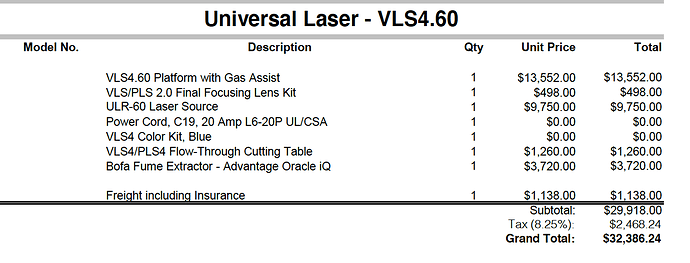Wondering why users with identical machines have very different experiences, the one major variable the machines all have in common is signal integrity. You can remove WiFi from the troubleshooting by creating a hotspot on your cell phone and connect through it, which you can put right on top of the laser.
Personally I have never had a connection issue, but I found article enlightening, particularly this point - Airtime.
(https://arstechnica.com/gadgets/2020/02/the-ars-technica-semi-scientific-guide-to-wi-fi-access-point-placement/4/)
Rule 10: Your Wi-Fi network is only as fast as its slowest connected device

One device with a crappy connection can kill the quality of the network for all connected devices—not just itself.
Jim Salter
Unfortunately, one person struggling to watch a YouTube video in “that one bedroom with the crappy Wi-Fi” isn’t just having a bad experience themselves—their bad time is bringing everybody down. All by itself, a phone in the same room with its associated access point might only need 2.5 percent of the available airtime to stream a 1080P YouTube video at 5Mbps. But a phone in “the bad bedroom,” struggling with buffering and slowdowns, can consume 100 percent of the network’s airtime trying—and failing!—to watch the same video.
Of course, streaming is very download-intensive, and routers or access points will typically refuse to transmit 100 percent of the time. An AP with lots of data to send will generally leave a little bit of airtime available for other devices to “speak up” and request their own data, after which it splits up download airtime between the nearby device and “the bad bedroom” in order to try to fulfill both their requests. However, that still adds tens or hundreds of milliseconds to the time it takes those other devices to wait for the access point to leave them a window, though—and they still have to compete with one another when such a window opens.
It gets even worse if the user in “the bad bedroom” tries to upload a video, send an email, or post a big photo to social media. The router tries to leave some airtime open for other devices to speak up—but the user’s phone is under no such restraints, and it will cheerfully eat up every bit of airtime it can. Worse, the phone has no idea how much data other users may have requested, in any brief windows they had to make requests. The router knows how much data needs to be delivered to each client individually, so it can allocate airtime for downloading data appropriately—but all the phone knows is it wants to get this stuff uploaded , so everybody’s experience is awful while it does it. So if you leave all this wisdom behind with just one rule in mind, this should probably be it.
Whatever you choose to do, Good Luck!



